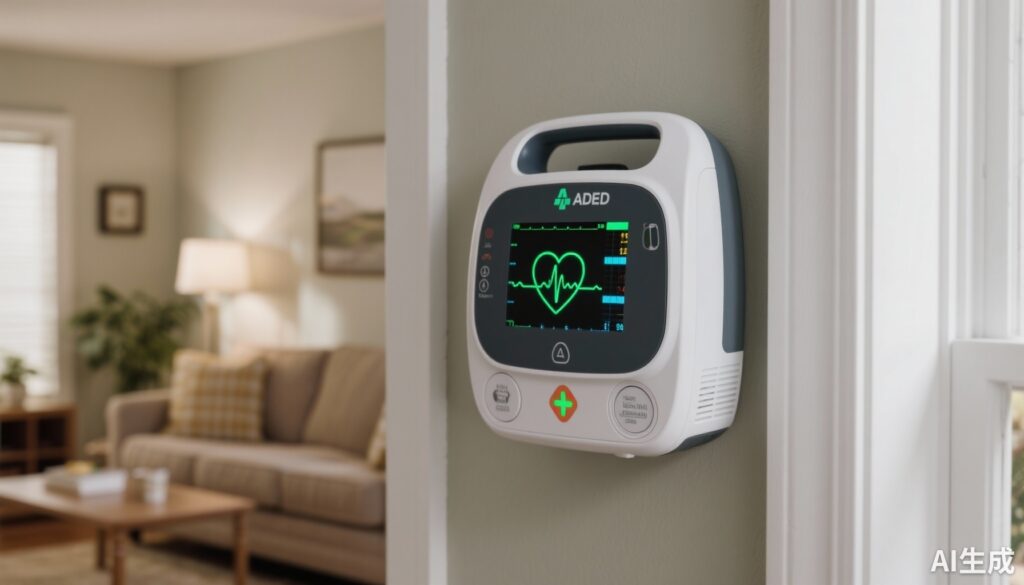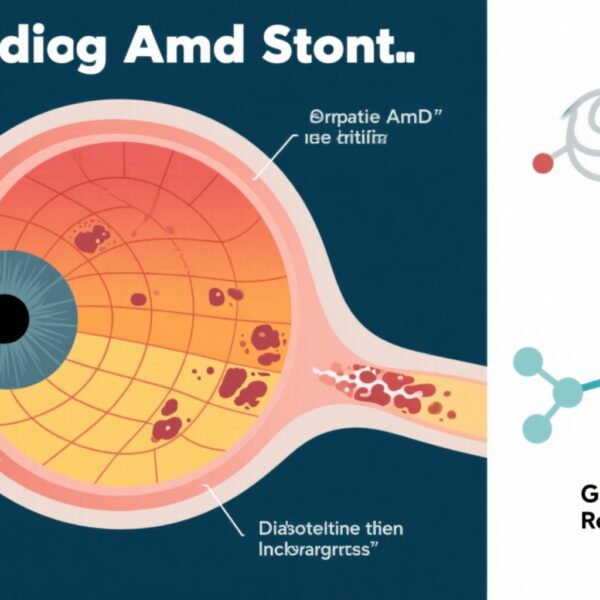Highlight
- Automated external defibrillators (AEDs) improve survival rates in private home cardiac arrests with shockable rhythms.
- Large US cohort study (n=582,536) from the Cardiac Arrest Registry to Enhance Survival (CARES) analyzed AED effectiveness in homes.
- Despite survival benefits, the cost-effectiveness of home AED deployment is limited at current device costs and cardiac arrest incidence.
- AEDs would be cost-effective only if cardiac arrest incidence in a household exceeds 1.3% annually or AED costs drop below $65.
Study Background
Cardiac arrest remains a leading cause of mortality worldwide, with survival heavily dependent on rapid intervention. Automated external defibrillators (AEDs) have demonstrated life-saving potential, particularly when used promptly during ventricular fibrillation or pulseless ventricular tachycardia—the so-called shockable rhythms. While public AED programs in communal spaces have gained traction, most cardiac arrests occur in private homes, where immediate access to defibrillation is often limited. The clinical question addressed by this study is whether placing AEDs in private residences improves survival outcomes and if such practices represent a justifiable health economic investment.
Study Design
This observational cohort study utilized data collected from the Cardiac Arrest Registry to Enhance Survival (CARES) covering January 2017 through December 2024 in the United States. The study population included 582,536 patients who experienced out-of-hospital cardiac arrests in private home settings. The primary intervention assessed was application of an AED prior to hospital arrival, with comparisons made to cases without AED use.
A difference-in-differences methodology was employed to robustly estimate the causal effect of AED use on survival to hospital discharge, effectively controlling for potential confounders and temporal trends. Subsequently, the investigators developed a decision-analytic model to evaluate the cost-effectiveness of purchasing AEDs for private homes in the US, focusing on quality-adjusted life years (QALYs) gained and associated costs.
Key Findings
Among the included cohort, 61.8% were male, with a median age of 65 years (interquartile range 52–76). The study found that AED application was associated with significantly improved survival to hospital discharge—but only in patients who presented with shockable rhythms. For these individuals, the risk ratio for survival comparing AED use versus no AED use was 1.26 (95% confidence interval [CI], 1.01–1.57), indicating a 26% relative increase in survival likelihood. In contrast, no survival benefit was observed in patients with nonshockable rhythms (risk ratio 1.00; 95% CI, 0.68–1.46).
The difference-in-differences analysis corroborated these findings, reinforcing the causal role of AED application in improving survival for shockable rhythms in private homes. Regarding cost-effectiveness, the incremental cost-effectiveness ratio (ICER) for home AED purchase was $4,481,659 per quality-adjusted life year (QALY) gained. Given a conventional US willingness-to-pay threshold of $200,000 per QALY, home AED acquisition was not cost-effective under typical scenarios.
Sensitivity analyses identified scenarios under which AEDs in private homes could be cost-effective: specifically, if the annual household incidence of cardiac arrest exceeds 1.3%, or if AED device costs dropped below $65 (excluding additional costs such as bystander training). This highlights the rarity of cardiac arrest events per household as a major limitation to universally recommending home AEDs at current costs.
Expert Commentary
This study addresses a critical translational gap by leveraging one of the largest US cardiac arrest datasets to quantify the benefits and economic implications of AED placement in private homes. The survival advantage observed in shockable rhythms aligns with existing pathophysiological understanding that early defibrillation is key for ventricular arrhythmias. However, the absence of benefit in nonshockable rhythms underscores the limitations of AEDs when the underlying arrhythmia mechanisms are non-cardiac or terminal.
The extraordinarily high ICER reflects the balance between a relatively low individual cardiac arrest incidence in the home and the considerable equipment costs. The study appropriately uses a difference-in-differences approach to mitigate biases inherent in observational data. However, residual confounding and selection bias cannot be completely excluded as factors influencing outcomes.
From a public health perspective, these findings support prioritization of AED deployment in settings with higher arrest incidence and concentrated populations such as workplaces, public venues, and long-term care facilities. Additionally, innovations in reducing device cost and integrating user-friendly training might tip the cost-effectiveness scale favorably in the future.
Conclusions
Automated external defibrillators improve survival in private home cardiac arrests involving shockable rhythms but currently do not represent a cost-effective intervention for widespread private home deployment at prevailing costs and incidence rates. These results emphasize the importance of targeted AED placement and continued efforts to reduce device costs and improve community education. Future research may explore strategies to identify high-risk households who would benefit most from AED access, potentially improving the balance of costs and survival gains.
Funding and ClinicalTrials.gov
The original study was funded by institutions involved in the CARES registry collaboration. No clinical trial registration applies as this was an observational registry-based study.
References
1. Andersen LW, Holmberg MJ, Krijkamp E, et al. Effectiveness and Cost-Effectiveness of Automated External Defibrillators in Private Homes: A Report From the Cardiac Arrest Registry to Enhance Survival. JAMA Intern Med. 2025 Oct 25:e256123. doi:10.1001/jamainternmed.2025.6123. Epub ahead of print.
2. Benjamin EJ, et al. Heart Disease and Stroke Statistics—2023 Update: A Report From the American Heart Association. Circulation. 2023;147(8):e93-e621.
3. Berdowski J, et al. Importance of the First Few Minutes in Out-of-Hospital Cardiac Arrest. Resuscitation. 2010 Sep;81(9): 963-969.
4. Weisfeldt ML, et al. Public Access Defibrillation: A Scientific Statement From the American Heart Association. Circulation. 2020 Jan 14;141(2):e17-e32.
5. White L, et al. Cost-effectiveness of public access defibrillation: a systematic review. Resuscitation. 2021 Feb;159:20-30.



